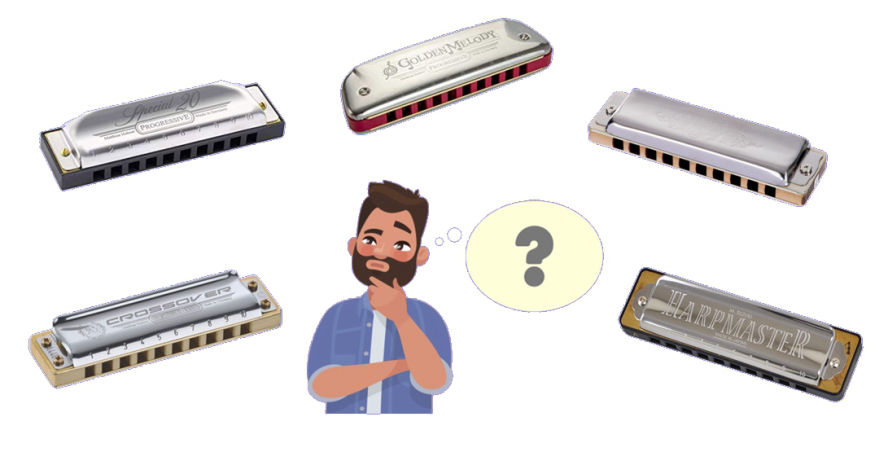
Which model of harmonica would be well-suited for a beginner student? What are the differences between various types of harmonica you can find in the market? Or Which quality categorizes harmonica the best amongst its kind? Let's take a closer look at four best models of harmonica. Hohner, Seydel, Suzuki. All brands known by more or less all those who have either already experimented playing these small instruments, named as Blues Harp, or have purchased their products at least once in a while. Many times I have been asked to share my opinion on what type of harmonica would be best suited for a beginner, or simply which one do I like more and why?
Today, I’m going to share my experience with you about using different kinds of harmonica I have tried so far, but first I would like to answer another important question: "Where to buy a harmonica from"? If you are uncertain about going to a shop or buying it from an online store, I can give you reassurance to buy it online as I always do; reason being that online stores have more variety of models which often you don't find in physical stores. Even if you do find what you were looking for, may be they have been kept on display there for God knows how long or, you may also find yourself waiting for uncertain time period as those which you ordered weren't available there at that moment. Nevertheless, there are many good harmonica dealers present online and moreover, most of the time you save money also.
Let's talk about my collection of harmonica now. During my career as a harmonica player, I had got the opportunity to buy and use different types of harmonica models. Owing to the curious shape which resembled that of a half moon, I still remember Hohner Golden melody in A which was the first one that I possessed. Though I used it only for a few months, it broke later and I had no longer bought a similar one ever since. I discovered that I prefer comb shaped 'sandwich' harmonica and I still use only this type of harmoinca. You'll find precisely that model in my pack of musical instruments (the official one and the spare one), not to forget Hohner Special 20, Seydel 1847 Classic, some Hohner Marine Band Crossover and a number of Suzuki Harpmaster instruments.
Before we forget about Golden Melody, I should admit that I didn't much like it ever because I always found it slightly sharp on the lips when played, although, I also remember that it was very easy to play, really gentle and much easier when bending notes.
Listed below are the harmonica models that I use now a days:
The first harmonica I want to tell you about is definitely Hohner Special 20. If from tomorrow onwards, there is only one model that we could buy I would suggest it to be the only harmonica sought after. I hope you understand that I really like it a lot and as a matter of fact I think that it has good value for money. It costs about thirty-five dollars, has a plastic comb and brass reeds. It provides good quality air tight seal and yet there are no parts that bother when it comes in contact with mouth, moreover, it also has a convincing sound. The holes are rectangular in shape, appear as square holes almost. Bending is easier and response of the instrument is really awesome even with little air. This is the kind of harmonica that I would recommend to my students and to anyone who asks.
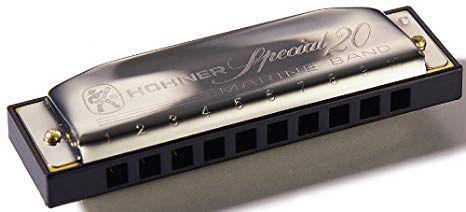
The next harmonica I want to tell you about is a high-end instrument, the most expensive one I use: Seydel 1847 classic which costs around eighty-five dollars. It has a lacquered wooden body with a special transparent varnish, which feels really pleasant upon contact with mouth. One can feel its supple touch and above all, it ensures a waterproof body itself. As wooden combos are prone to be affected by humidity, waterproof coating is a good solution adapted by manufacturers to combat this drawback.
The holes of this harmonica are the largest among those found in all other instruments that I ever encountered. They also have a peculiar shape which is slightly round around the edges. It is very safe to play; no sharp or annoying parts come in contact with lips. The body of Seydel 1847 is a little bigger than the rest of all whereas the sound emitted is full-bodied and round. The reeds respond very well even with lesser air (in comparison with the Special 20) and the bending is easily done. This harmonica comes with stainless steel reeds and is very durable as compared to other models. This model also works well with the FlexRack support as does Hohner.
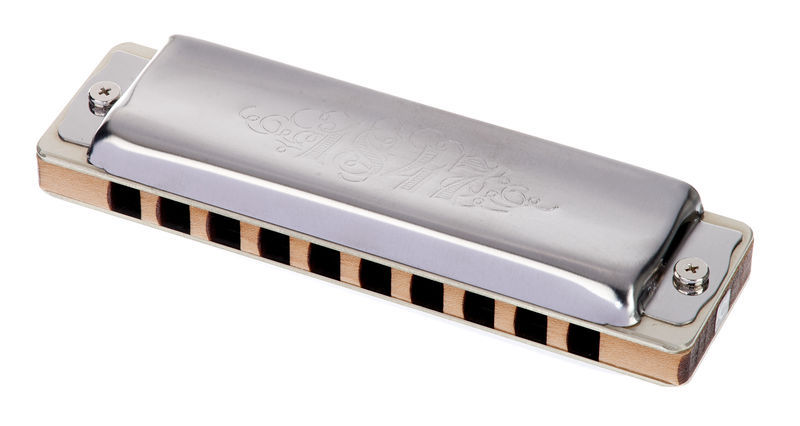
Returning to the Hohner home, among my arsenal, we find yet another harmonica.i.e. Marine Band Crossover. This harmonica costs around sixty dollars. It is a good model and a real competitor of Seydel in terms of performance, the only noticeable difference is its robustness which is a little less than the latter. Quite contrary to the steel reeds found in Seydel 1847, it has brass reeds which relatively last less. The body of this Marine Band is made of wood which is lacquered also to give it a waterproof finishing and it seems particularly tighter when you hold it. The harmonica avoids any unpleasant contact with the mouth which may occur owing to its sharp parts. It has good sound despite its small body. As for as the use of FlexRack support is concerned, this instrument turns out to be an excellent one, furthermore, it sustains its position.
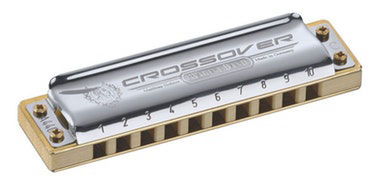
The last model I find in my collection is Suzuki Harpmaster. This cheapest, actually an instrument of an inferior quality, but I must say that for a meagre sum of thirty dollars, it is quite worthy to make its space amongst my set of spare tools at least. It comes in a plastic body and is very similar to the Special 20; the holes are also rectangular, the contact with the lips is pleasant and it has no protrusions or sharp parts. The sound is slightly lower than that of the Special 20 but the bending comes easy. The air seal is good and so is the response of the brass reeds. Unfortunately, the shape of the shell surrounding this model makes it rather unsteady on the FlexRack support. Due to this very reason I keep it as a backup instrument and use it only when playing without guitar. I believe that for a few more dollars, it's a better option to buy a Special 20.
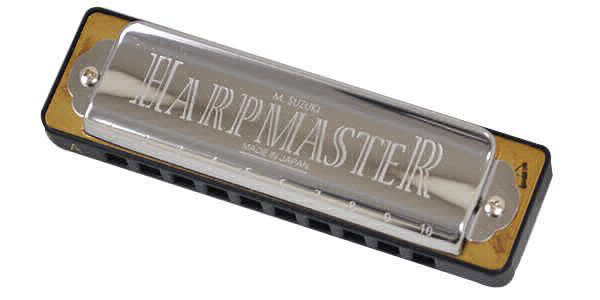
I conclude this article with the advice to you that you should try some models to find the one that best suits your needs and the one which gives you the right feeling. Don't overdo by buying too many. Keep in mind that you may find some harmonica more difficult than others if you are a beginner, but once you learn how to play it, you will surely be able to play them all. If you buy any of the models I presented before you today, rest assured that you are investing in products of excellent quality and reputation. Good exploration!